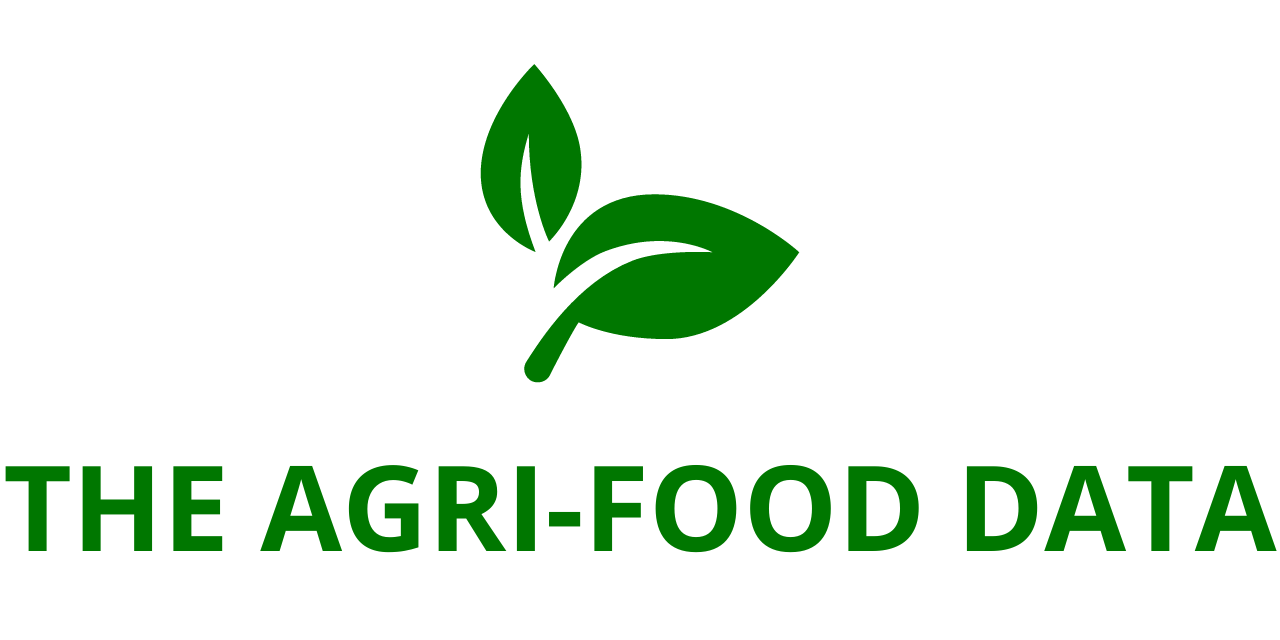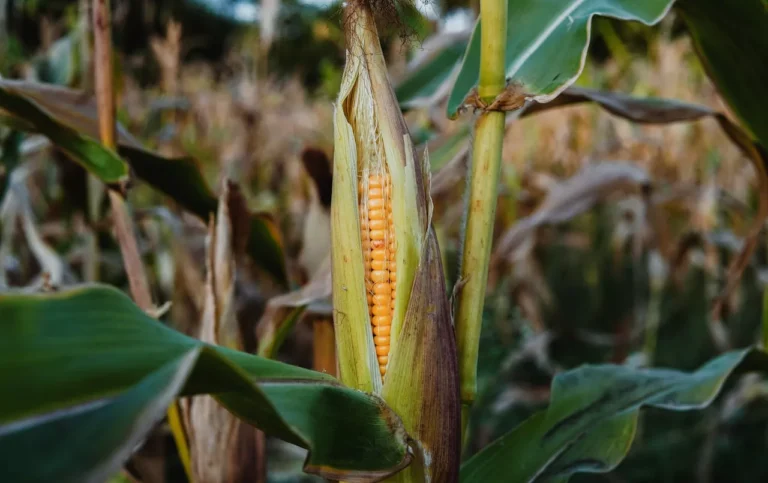
Tyson Foods, Inc. (NYSE: TSN), one of the largest food companies in the world and a recognized industry leader in protein-based products, announced its financial results for the first half and second quarter of fiscal year 2025. The company, known for its powerful brand portfolio—including Tyson®, Jimmy Dean®, Hillshire Farm®, Ball Park®, Wright®, Aidells®, ibp®, and State Fair®—reported increased adjusted earnings and operating income, even amid legal challenges and lower cash flow.
First Half Fiscal 2025 Performance: Solid Growth in Sales and Adjusted Profitability
For the first six months of fiscal 2025, Tyson Foods reported total sales of $26.697 billion, reflecting a 1.2% increase compared to the same period in the previous year. This modest growth was achieved despite a significant legal contingency accrual that reduced sales by $343 million, which represents a 1.3% negative impact on revenue.
From a profitability perspective, the company demonstrated substantial year-over-year improvement. Tyson’s GAAP operating income reached $680 million, up 25% compared to the first half of fiscal 2024. Even more notable was the growth in adjusted operating income, which climbed 44% to $1.174 billion, showing the company’s core operations are performing strongly once extraordinary items are excluded.
Net earnings also showed considerable improvement. Tyson reported GAAP earnings per share (EPS) of $1.03, up 45% year-over-year, and adjusted EPS of $2.06, marking a 57% increase. This strong adjusted EPS growth underlines improved operating efficiencies, effective pricing strategies, and optimized supply chain management.
Despite these gains, the company saw a decline in cash flow. Cash provided by operating activities totaled $846 million, a decrease of $331 million compared to the same period last year. Similarly, free cash flow—a key metric used by investors to assess financial flexibility—was down $174 million, totaling $382 million. These declines were attributed to strategic investments and working capital changes.
The total company GAAP operating margin stood at 2.5%, while the adjusted operating margin (non-GAAP) was 4.3%, showcasing an improvement in underlying operational performance despite some headline challenges.
Second Quarter Fiscal 2025: Strong Adjusted Performance Offsets Legal Headwinds
In the second quarter alone, Tyson Foods posted sales of $13.074 billion, a figure that remained flat compared to the same quarter last year. However, this figure also reflects the same $343 million in legal accruals, which had a 2.6% negative impact on revenue for the quarter.
On a GAAP basis, operating income for the quarter fell significantly to $100 million, representing a 68% decrease from the prior year. However, this steep drop was largely attributable to the aforementioned legal costs. Excluding these one-time items, adjusted operating income surged 27% to reach $515 million, pointing to continued strength in Tyson’s core business operations.
GAAP earnings per share in the second quarter were just $0.02, down 95% from the same period last year. Adjusted earnings per share, however, came in at $0.92, representing a robust 48% increase from the year-ago quarter. The sharp contrast between GAAP and adjusted earnings emphasizes the distorting effect of the legal accruals.

The company’s total GAAP operating margin was 0.8%, while its adjusted operating margin was 3.8%, reflecting a continued focus on profitability at the operational level.
Importantly, Tyson also made progress in improving its balance sheet. As of March 29, 2025, the company had $3.2 billion in liquidity, providing ample financial flexibility. Additionally, Tyson reduced its total debt by $738 million during the quarter, a move that strengthens its long-term financial position and reduces interest burden.
CEO Commentary: Execution and Portfolio Strength Driving Results
In a statement accompanying the earnings release, Donnie King, President and Chief Executive Officer of Tyson Foods, expressed confidence in the company’s strategic direction and execution.
“We delivered another solid quarter with growth in both sales and adjusted operating income, driven by strong execution across the business,” said King. “Our consistent focus on operational excellence, winning with customers and consumers, leveraging data and digital tools, and enhancing our financial strength has resulted in four consecutive quarters of year-over-year improvements in our top and adjusted bottom lines.”
King emphasized that Tyson’s diversified portfolio strategy—which spans multiple proteins (including beef, pork, chicken, and prepared foods) and multiple sales channels (retail, foodservice, and international)—continues to be a competitive advantage in a dynamic consumer environment.
“Looking ahead, our diversified multi-channel, multi-protein portfolio positions us well to capitalize on consumer demand for high-quality protein and deliver continued value to our shareholders,” King added.





